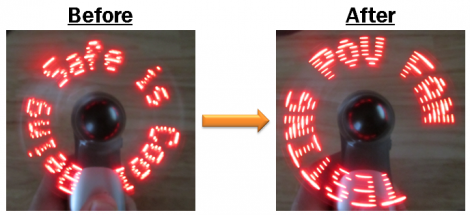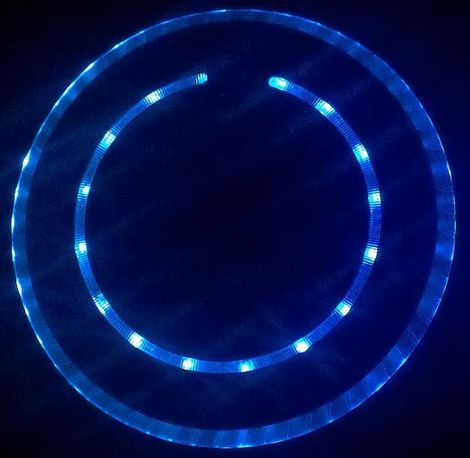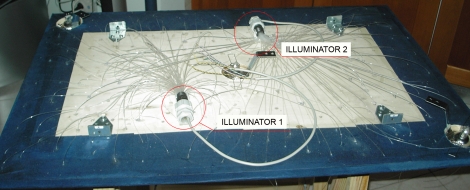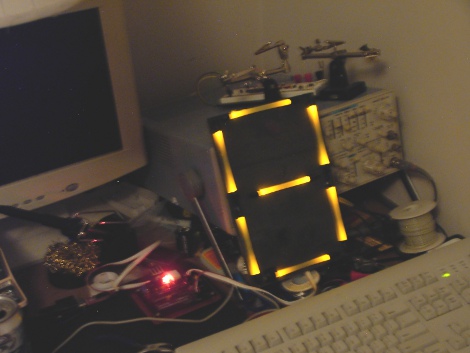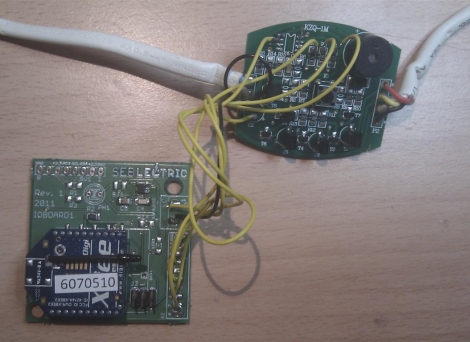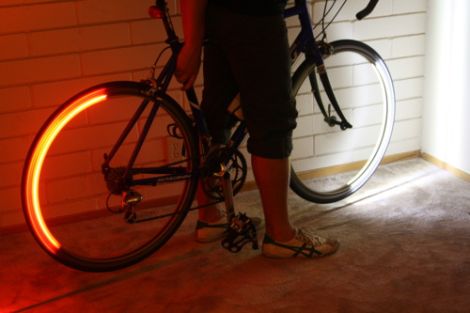
Bicycling at night can be a potentially hazardous endeavor for several reasons, but primarily because well, it’s dark. Inattentive drivers, weather, and other factors aside, the most important thing you can do to keep yourself safe is to ensure that you can see and that you are seen by others.
Revolights, an invention put together by [Kent Frankovich, Adam Pettler, and Jim Houk], is an ingenious way of accomplishing both of those things. The ring-shaped system attaches to nearly any bike tire, and includes LEDs that shine like a car’s head and taillights. A magnet attached to the bike’s fork triggers the onboard microcontroller to light only 4 LEDs at a time, letting persistence of vision take care of the rest.
We think it’s a great idea, and clearly others do as well. With nearly a month left on their Kickstarter page, they have nearly doubled their initial funding goal.
Check out the video presentation on their Kickstarter page to get a better look at the Revolights project.
[Thanks, medix]

